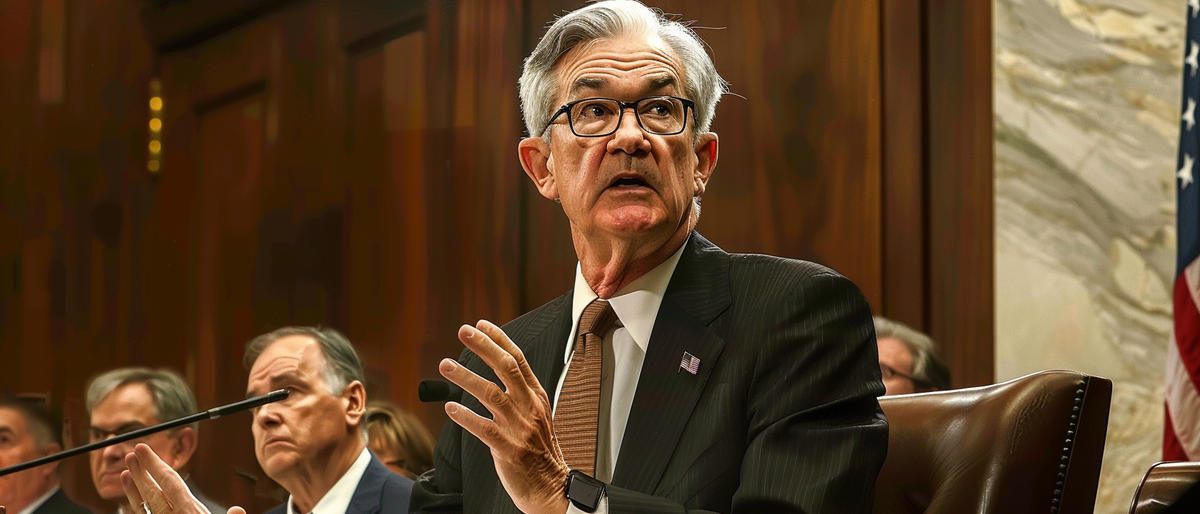

The recent surge in the CPI to 5.4% annualized signals a deepening inflation crisis, with significant impacts on key sectors like food and housing.
As consumers brace themselves for the impact of rising prices, new data reveals a concerning uptick in inflation rates. According to recent figures released, the Consumer Price Index (CPI) climbed to a daunting 5.4% annualized rate in February, marking a significant increase from January's 3.7% and dwarfing the mild 0.9% recorded last October. This worrying trajectory mirrors the unsettling surge experienced in March 2021, when inflation began its steep ascent, ultimately peaking at an annualized rate of 16% by mid-2022.
Adding to the financial unease, the New York Fed reported a rise in consumer inflation expectations last month, a shift not seen in two years and reminiscent of the early stages of 2021's inflation spike. Malaysia's staggering 19% inflation rate further underscores the global reach of rising costs since the implementation of economic policies under the current U.S. administration.

Despite the gravity of these figures, media outlets appear to downplay the severity, focusing instead on the year-on-year inflation rate of 3.2%. This figure, while nearly double the Federal Reserve's target, is mitigated by factors such as reduced oil prices due to the Ukraine war and the economic downturn in China, which lessened the demand for oil and consumer goods.
The primary drivers of the current inflation resurgence are food and housing costs. Food prices have risen by an annualized 6% in the past month, exacerbated by reduced product sizes and quality—a phenomenon known as "crapflation." The shelter sector, including housing and rent, has seen a 6% increase over the year. Additionally, car insurance rates have soared by over 20%, and airfares have escalated by one-third in just two months, raising concerns about affordability and quality of services.
While the influx of Chinese overproduction has led to goods deflation, providing short-term relief from inflation, this boon comes at the expense of domestic manufacturers, threatening the long-term stability of the U.S. economy.
The parallels to the 1970s economic crisis, where government spending led to rampant inflation and was countered by drastic Fed rate hikes, are becoming increasingly evident. The fear is that, unlike the past, current policymakers may shy away from the necessary, albeit painful, measures to curb inflation, opting instead to manipulate statistics and rely on media narratives. This avoidance could result in prolonged stagflation and a catastrophic economic correction that could dwarf the hardships of the 70s.
As the situation unfolds, the commitment of Washington to address these challenges remains under scrutiny. The nation watches with bated breath, hoping to avoid a repeat of history's harsh lessons.